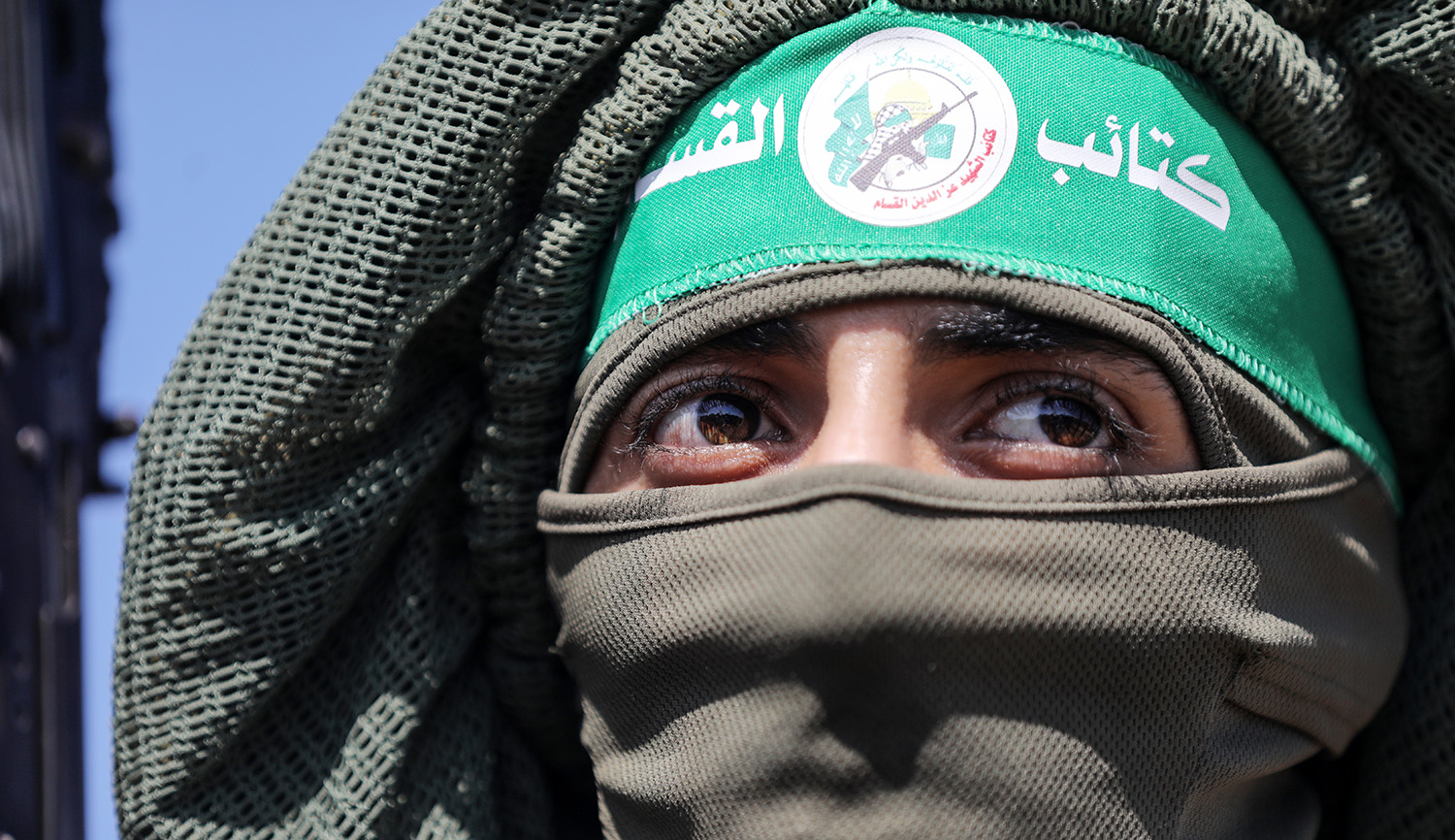Libya, controlled by Italy at the beginning of World War II, was the scene of intense fighting for the war’s first few years. By the end of 1942, the city of Benghazi, which had changed hands several times, was firmly under British control. The following spring, soldiers from the Jewish Brigade—a unit made up mostly of soldiers from the yishuv fighting under British command—found itself celebrating Passover in Benghazi alongside local Jews, many of whom had been in concentration camps. Rabbi Ephraim E. Urbach, who later became a leading Israeli scholar of ancient Judaism, and who presided over the seder in his role as a military chaplain, described it in his diary—which has survived along with the Haggadah made for the occasion. Chen Malul writes:
Many of the 600 participants of the seder came from far away. During the fighting, the Germans banished the Jews of Benghazi to Tripoli; they only started to return after the British had completely conquered Libya. Jewish Brigade soldiers, [as well as] Canadian, American, British, and Australian soldiers serving in the area, came to celebrate along with the Jewish community.
There were major logistical issues that occurred during the preparations for a war-time seder, the biggest among them being printing enough Haggadot for all the participants. To resolve this issue, the writers and editors confiscated telegrams and other letterheads from the offices of the Libyan authorities. On the backs of these scraps of paper they typed out the [custom-made] text of the Haggadah and copied it with a mimeograph machine. . . .
[T]he [Benghazi] Haggadah ties the historical exodus from Egypt with the Holocaust taking place in Europe, ending in a Zionist declaration. . . . One unique aspect of the Haggadah, in addition to the foreword written by the Jewish soldiers, were the illustrations they added to it. Under the famous line, “Pour out Your wrath upon the nations who do not know You,” the soldiers added an illustration of a fighter plane dropping bombs on an unidentified target. No doubt this was symbolic of the future defeat of Nazi Germany and Fascist Italy.
More about: Haggadah, Libya, Libyan Jewry, Religion & Holidays, World War II


